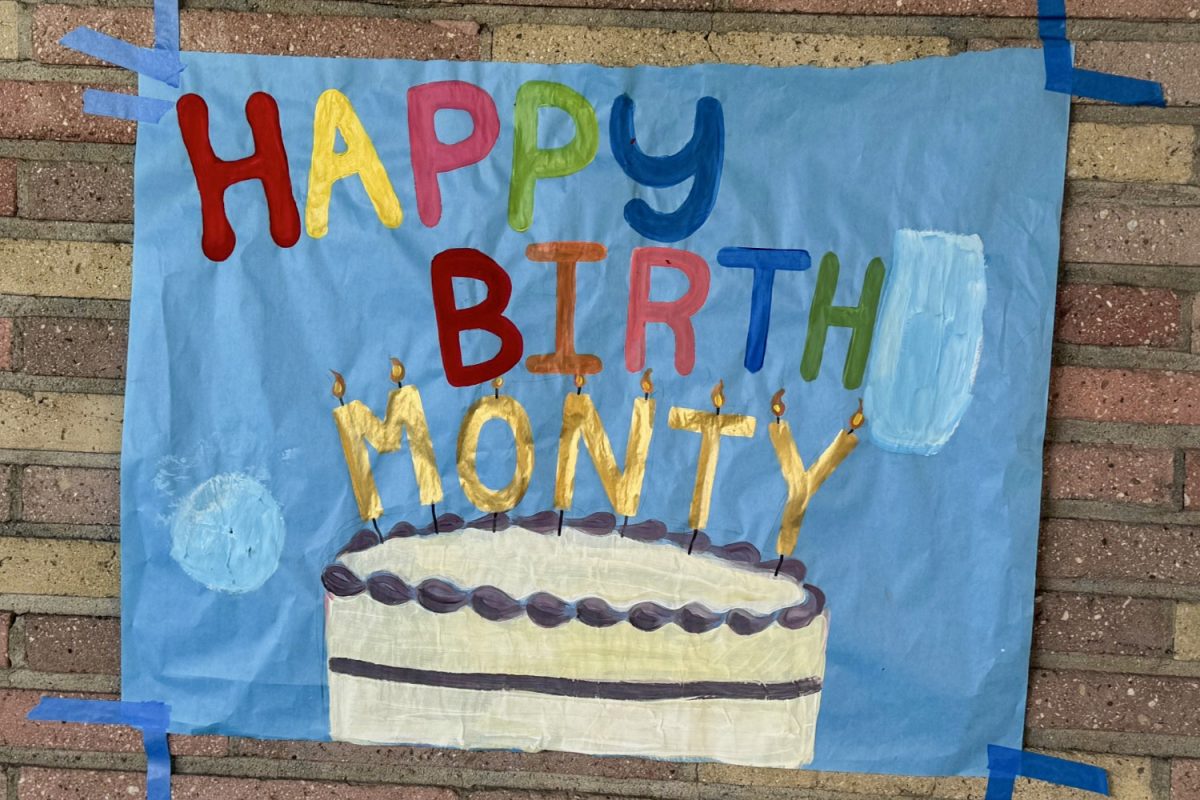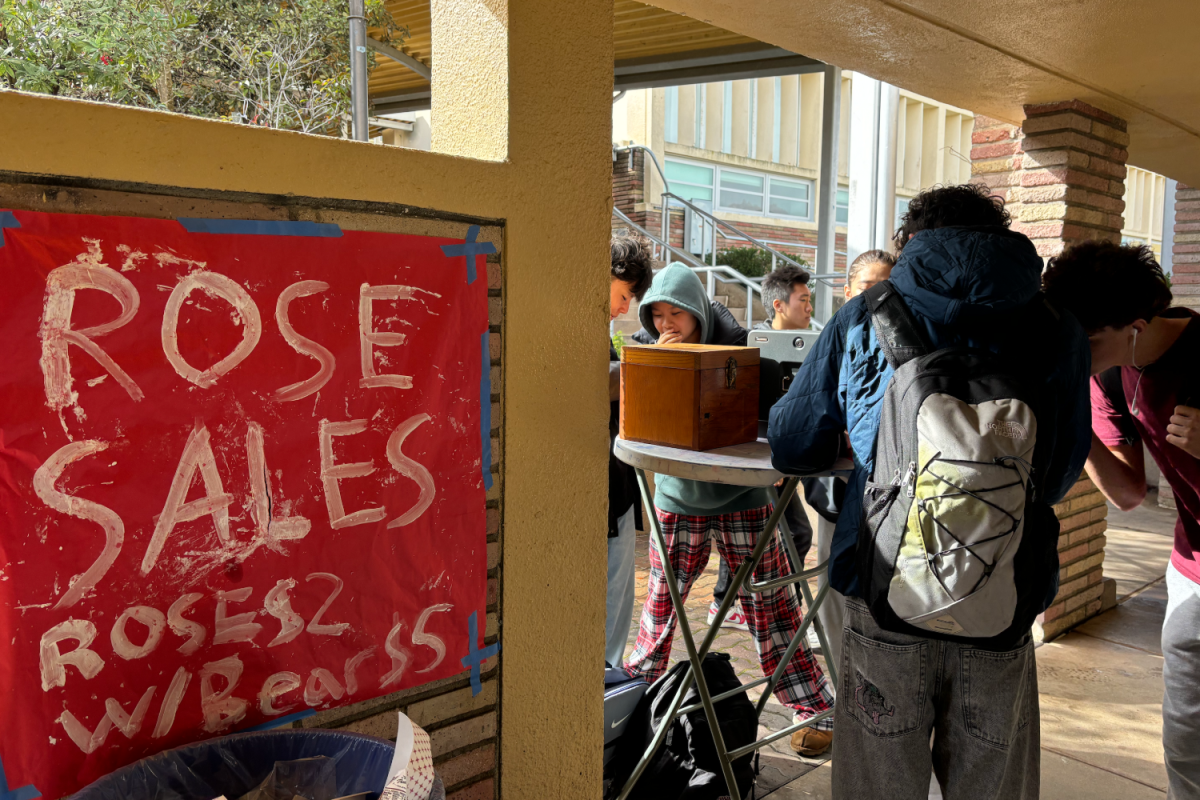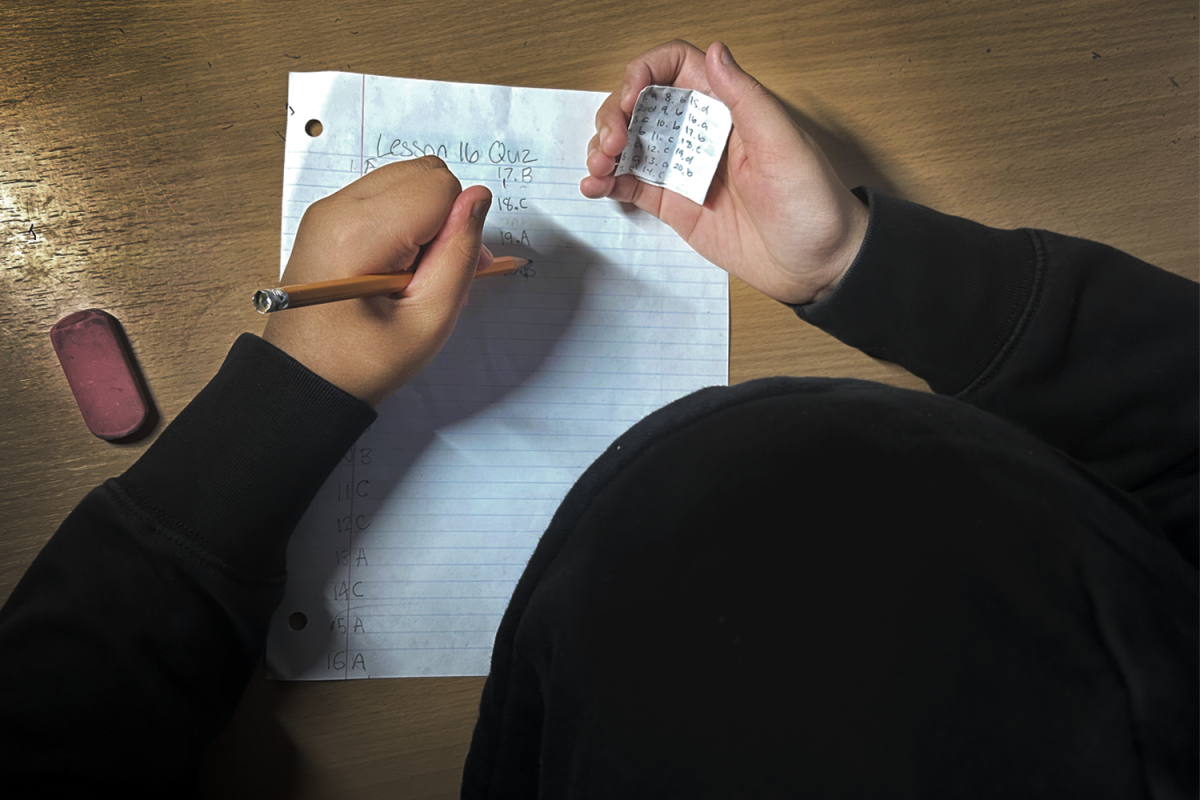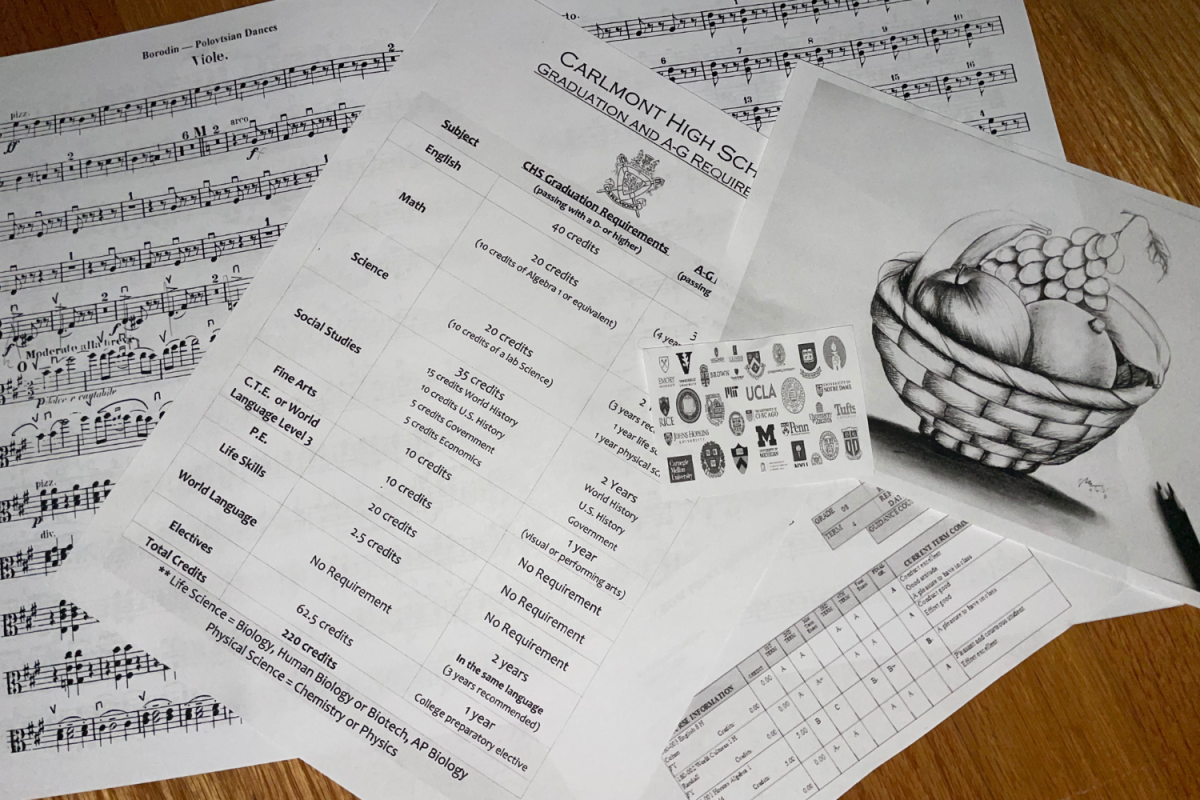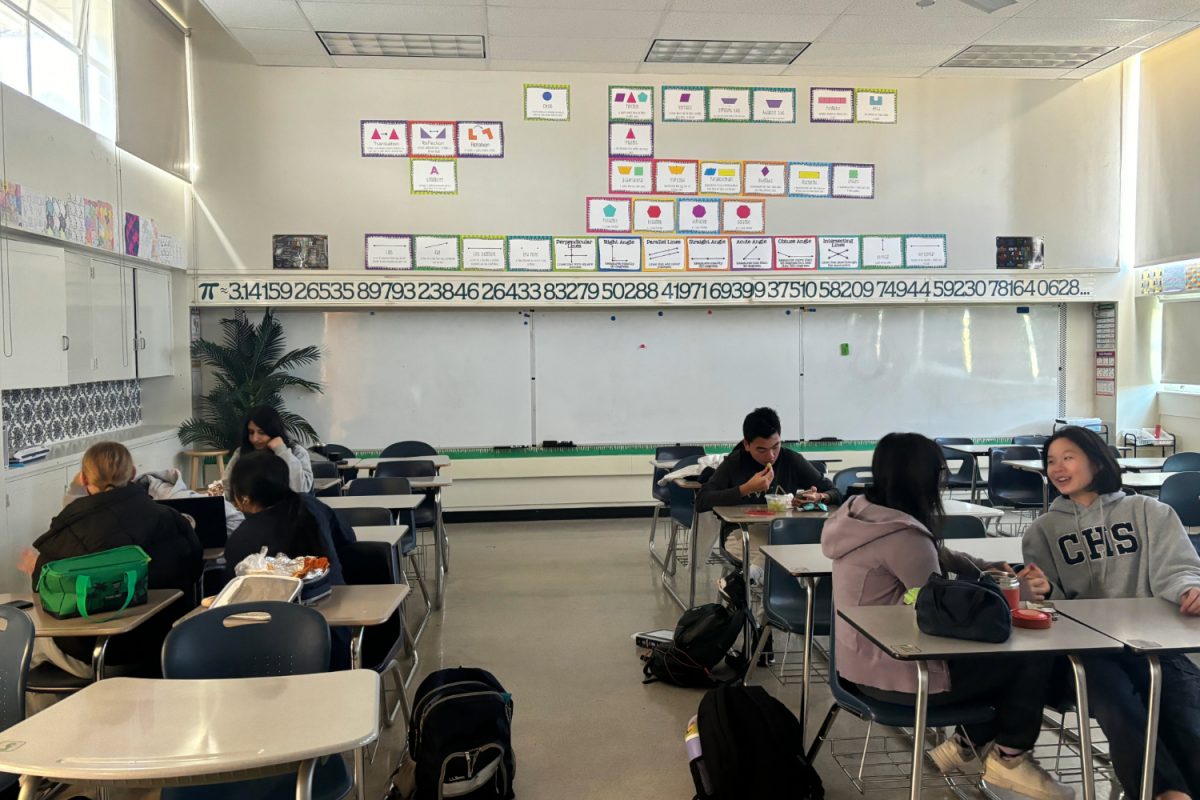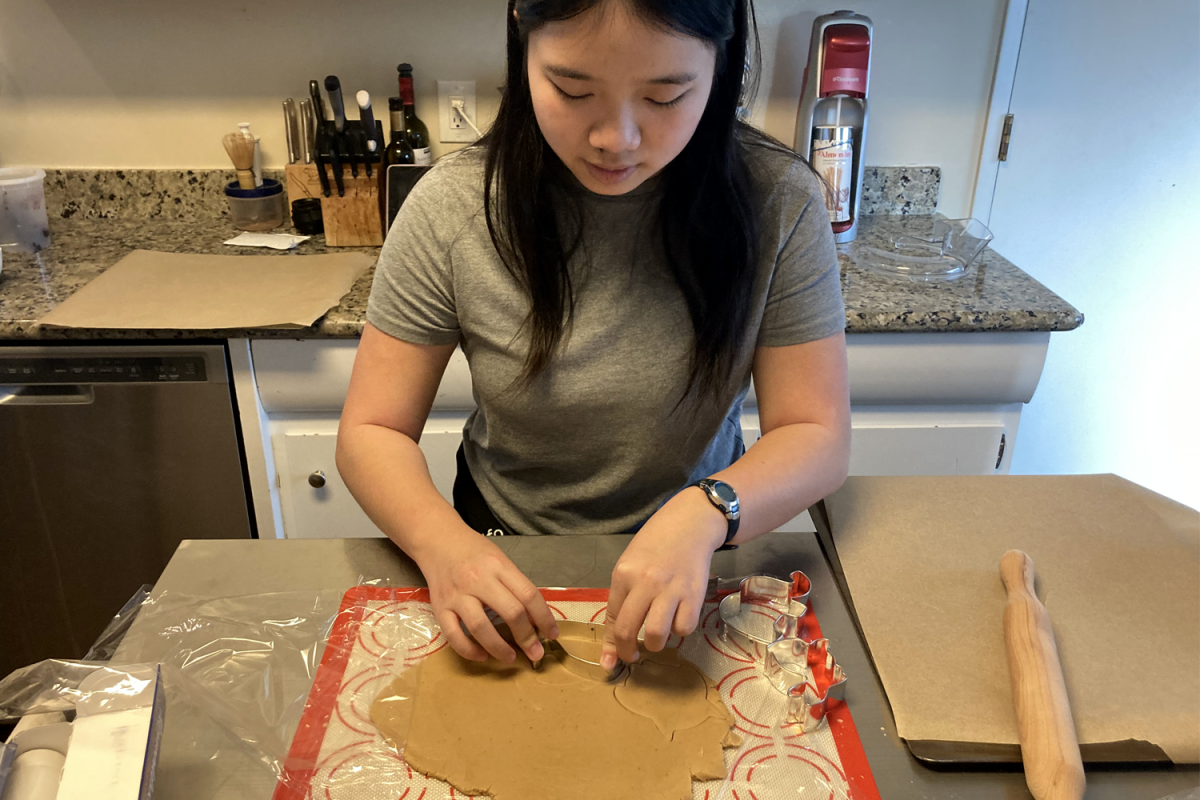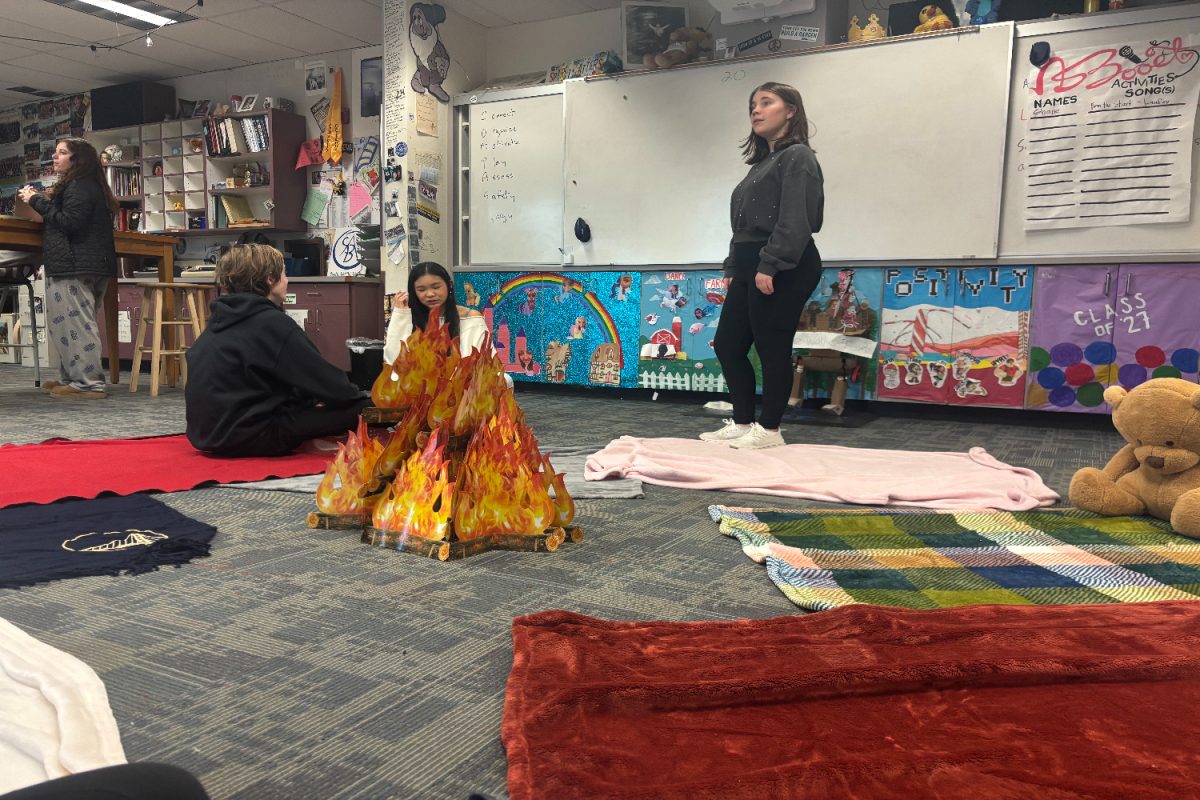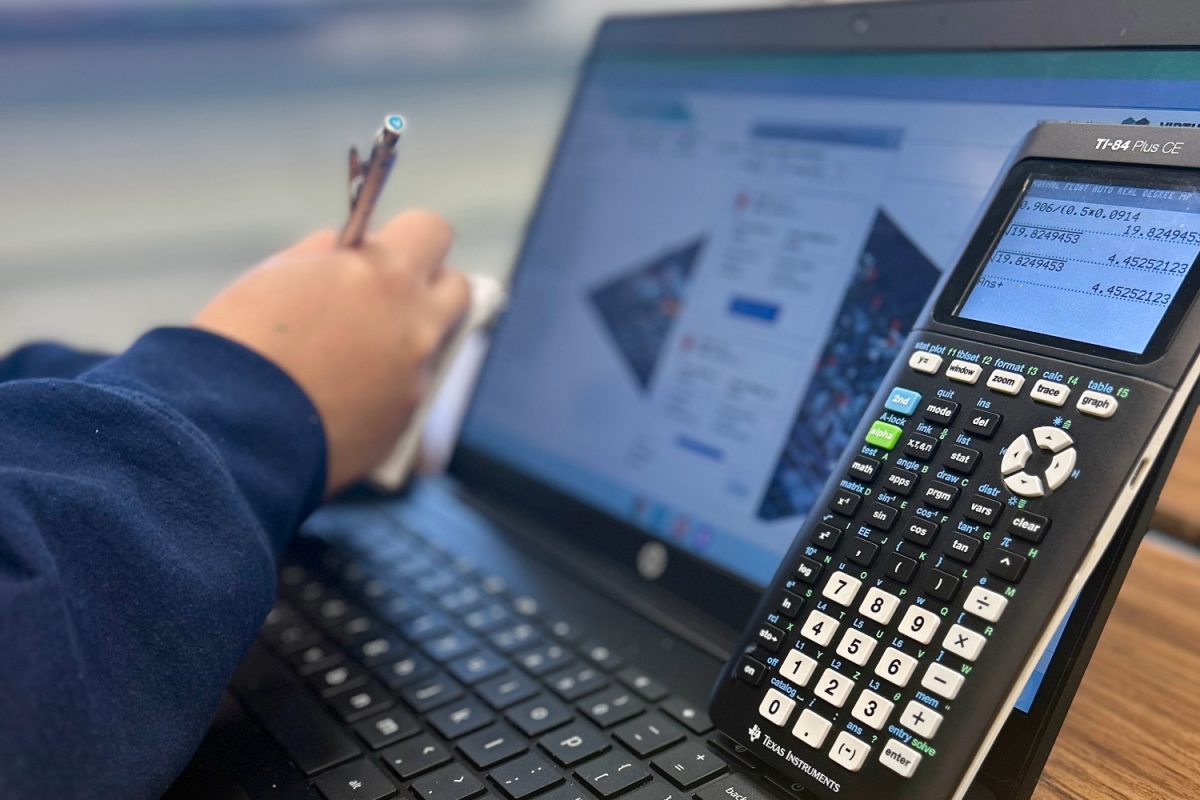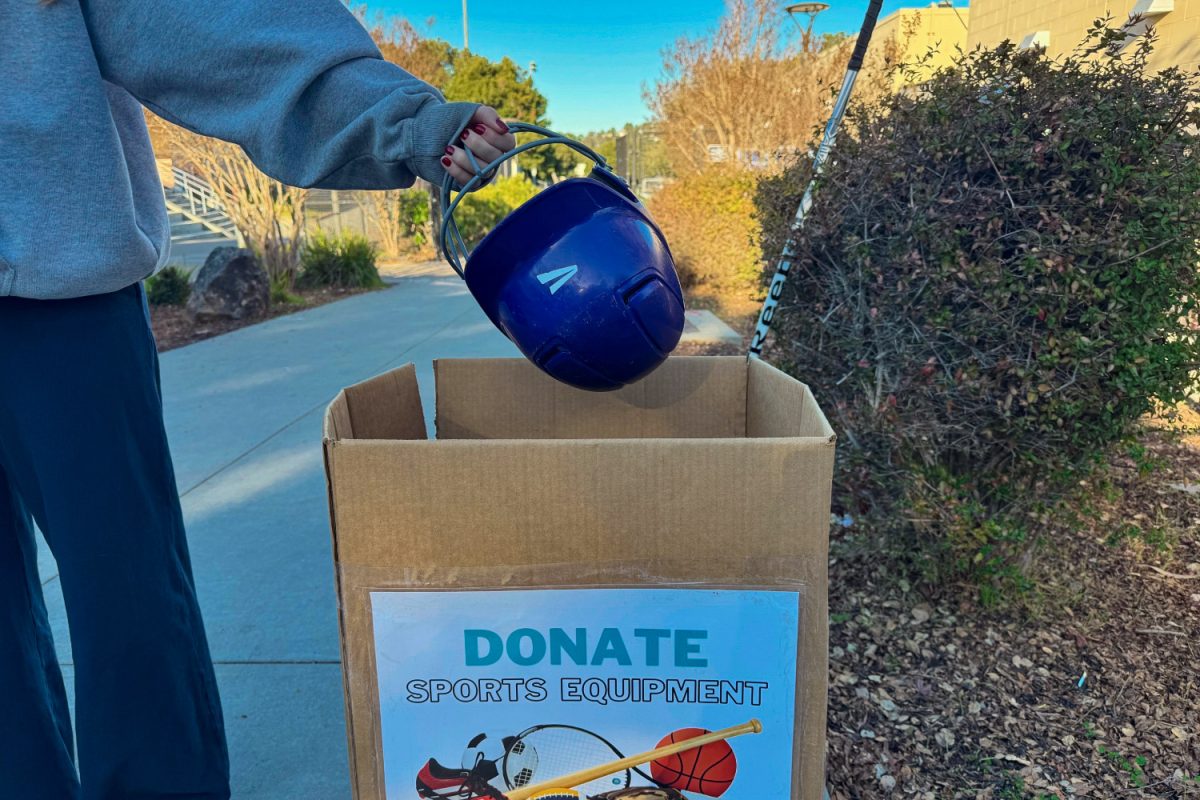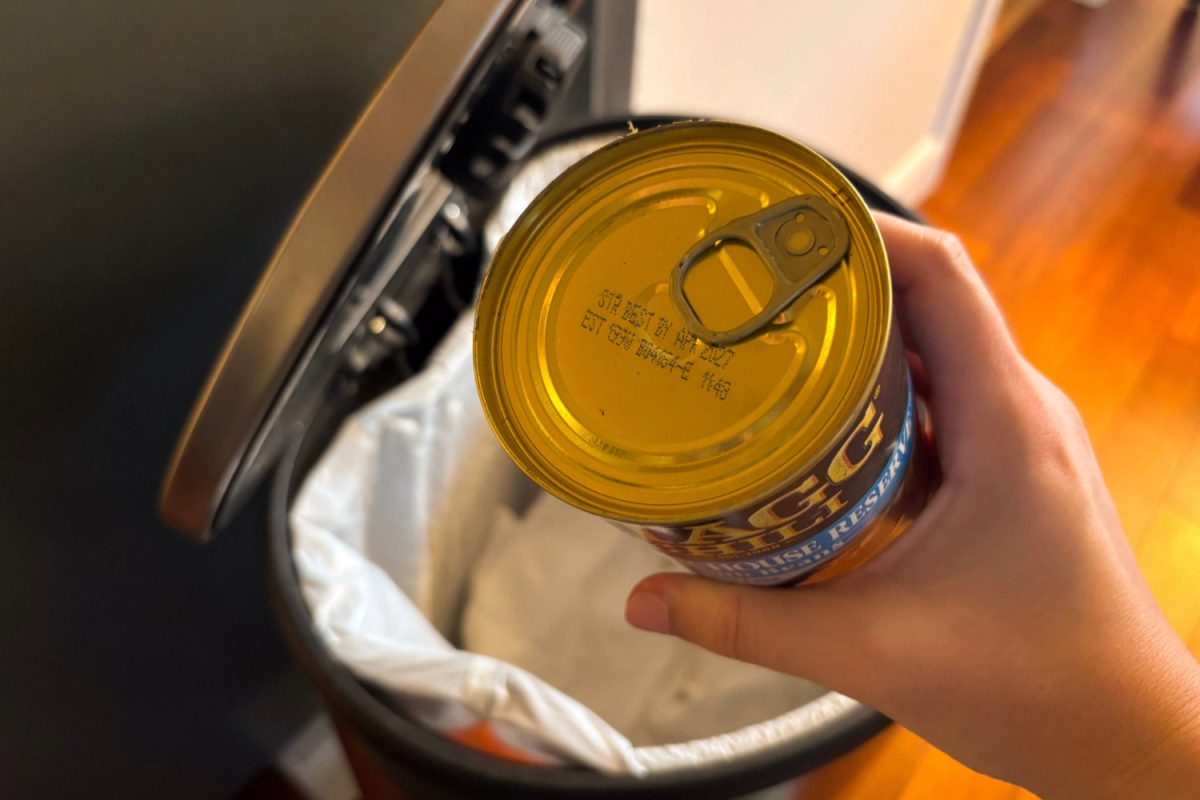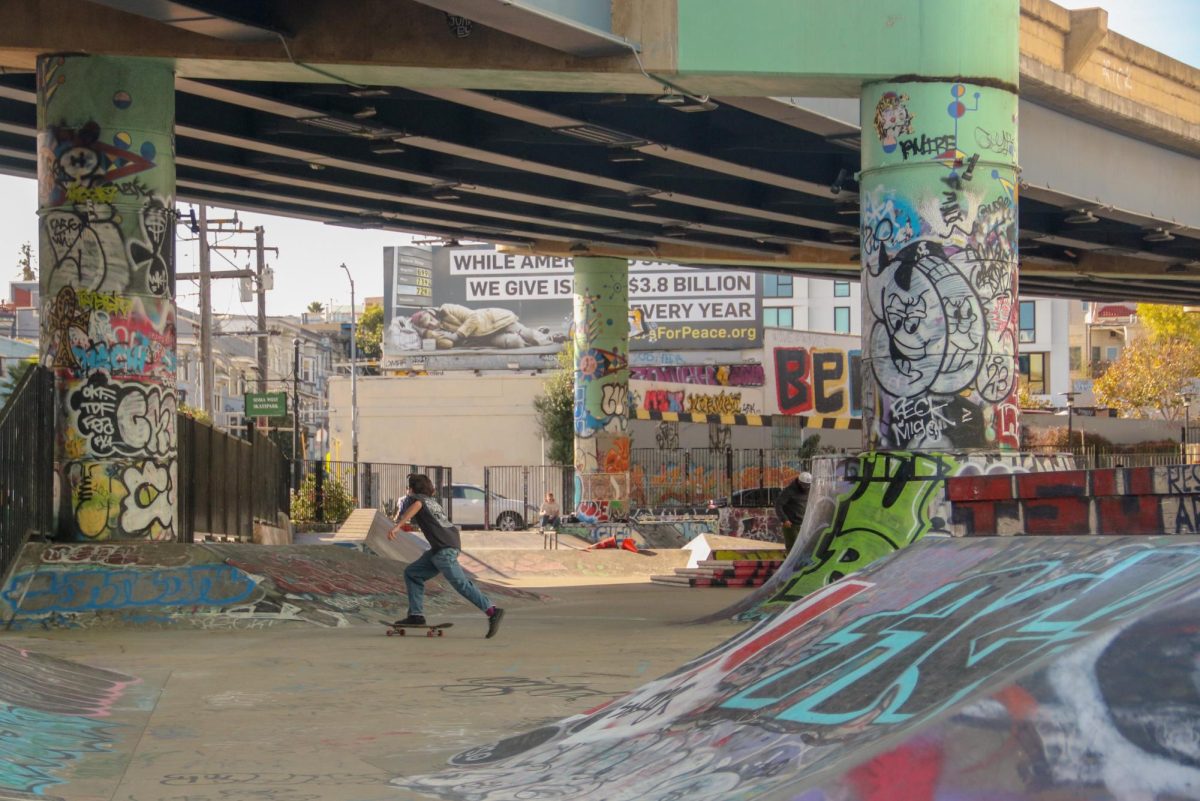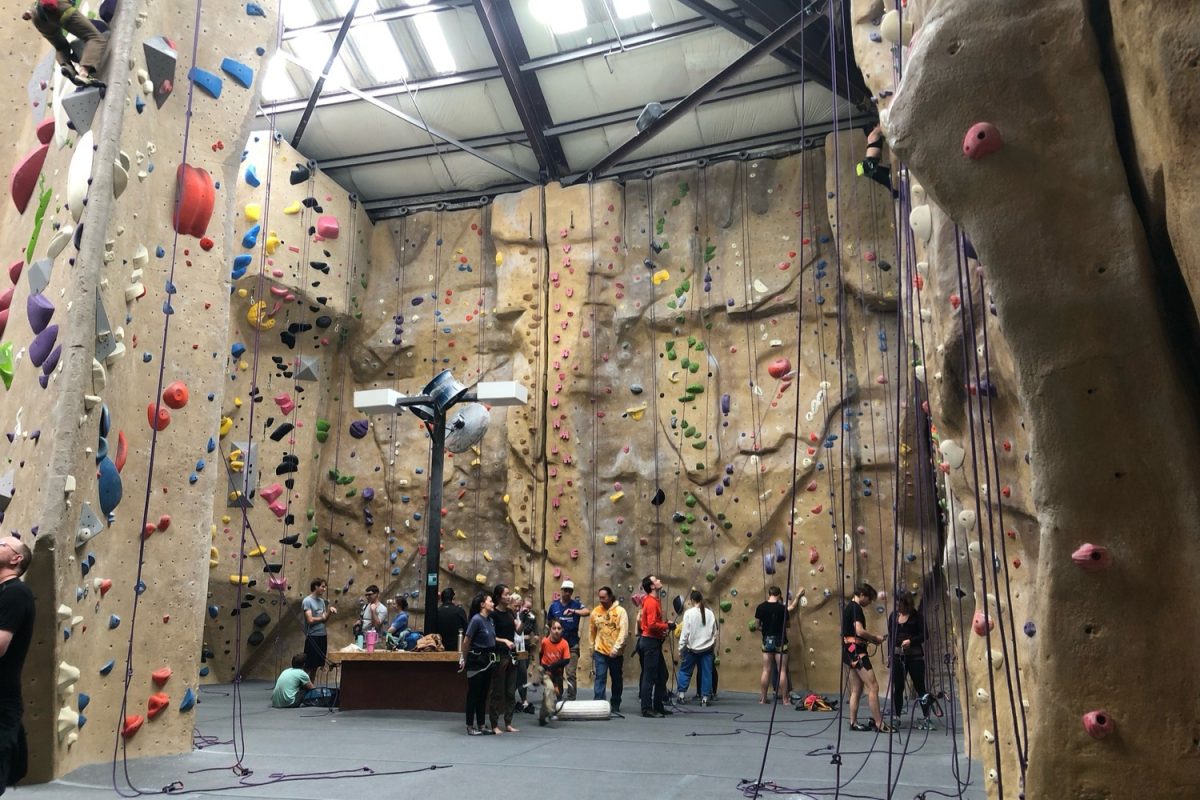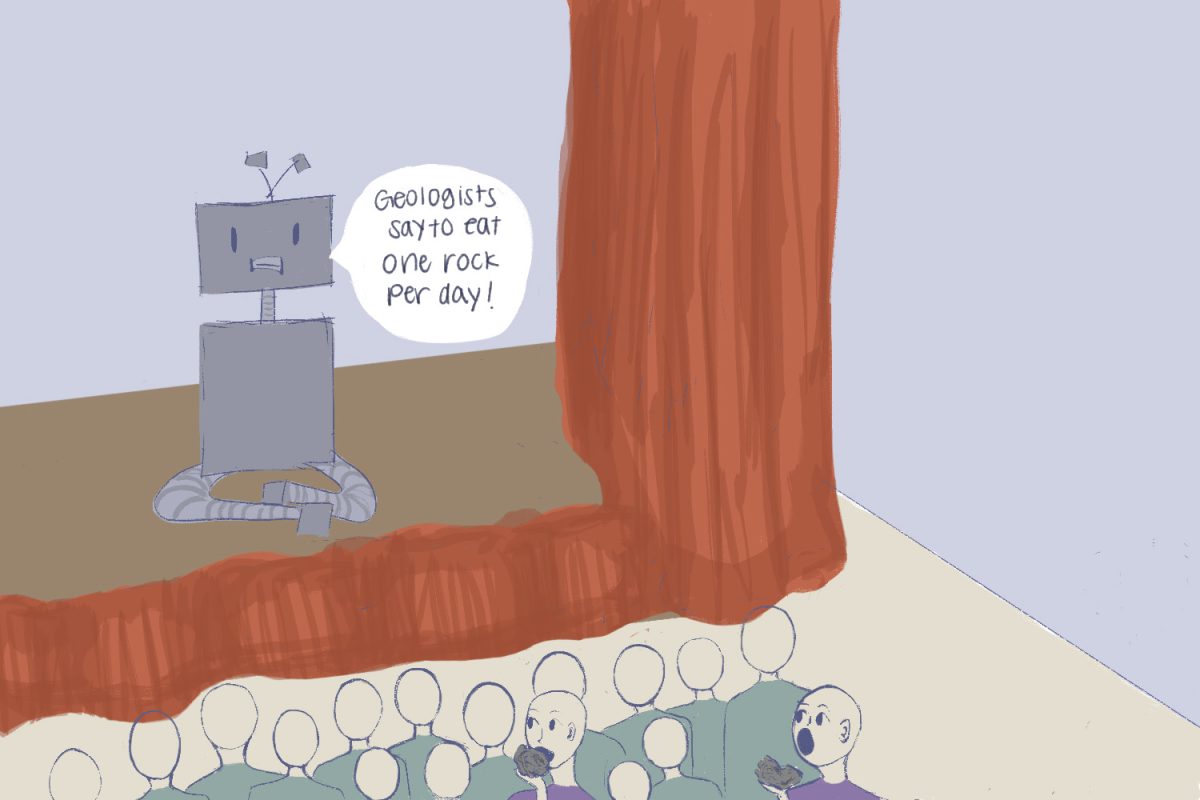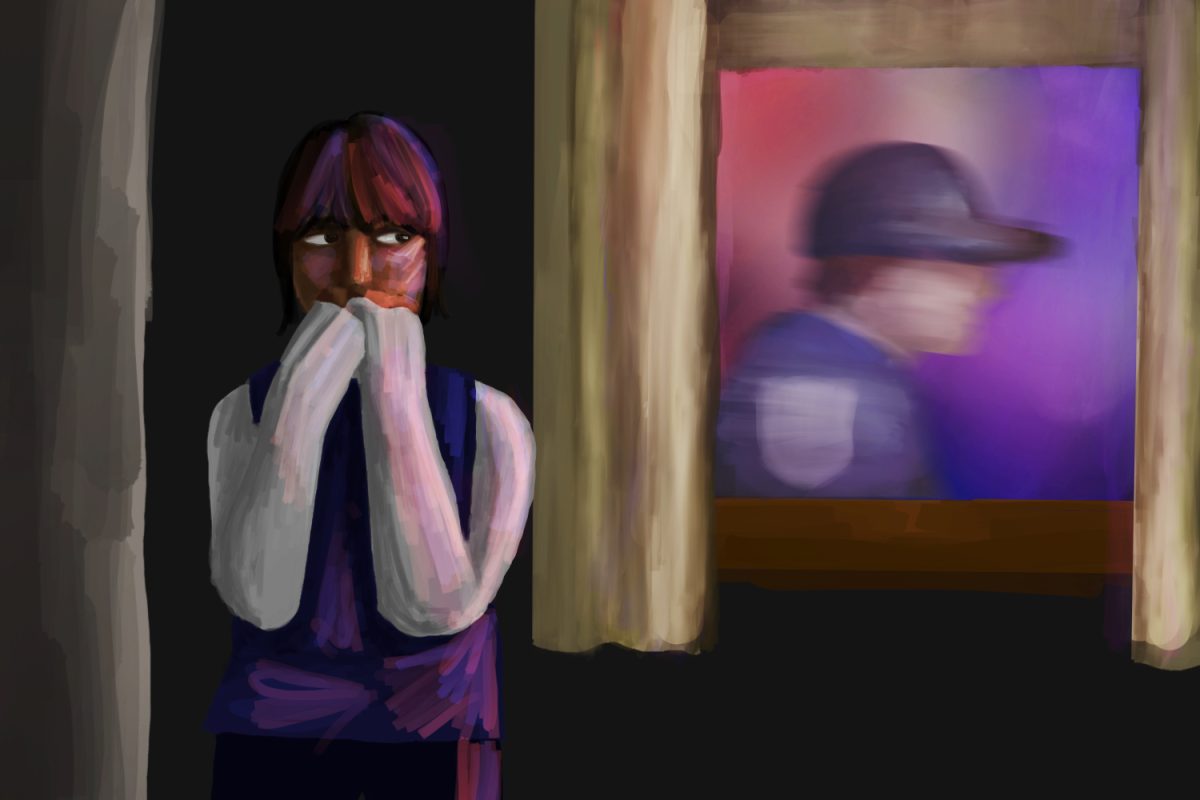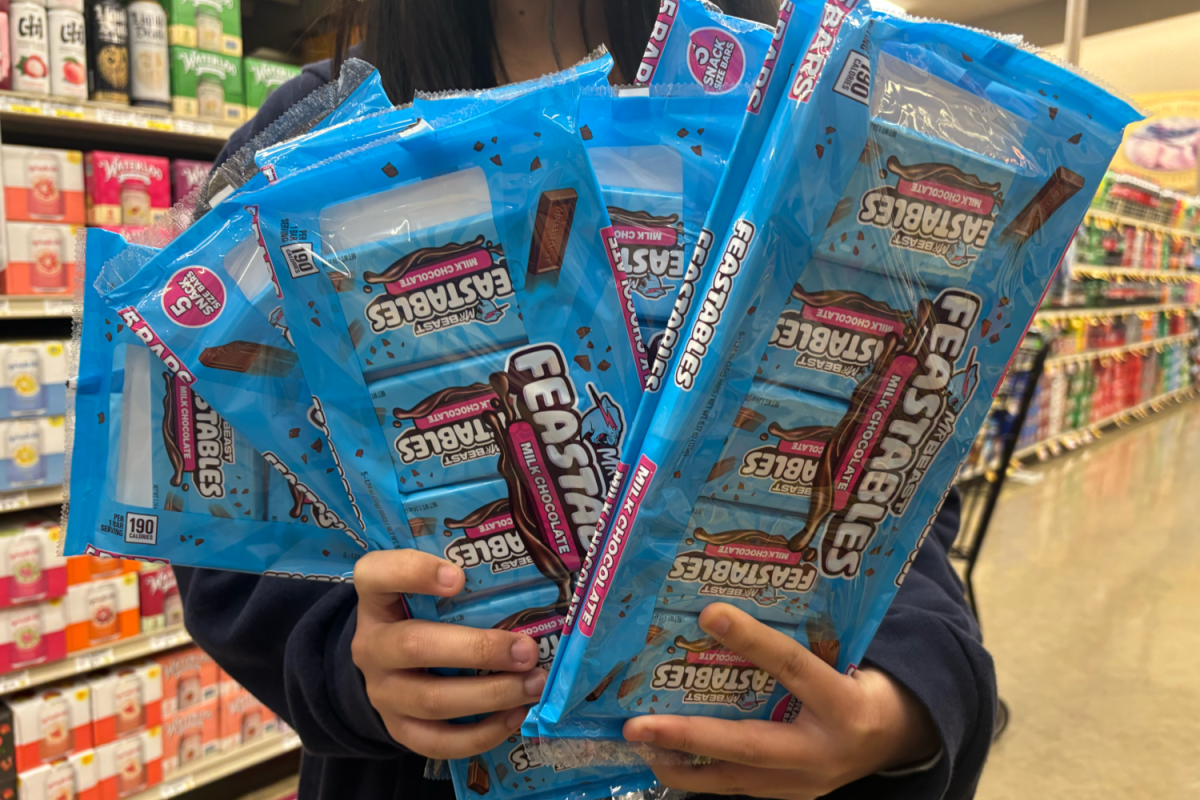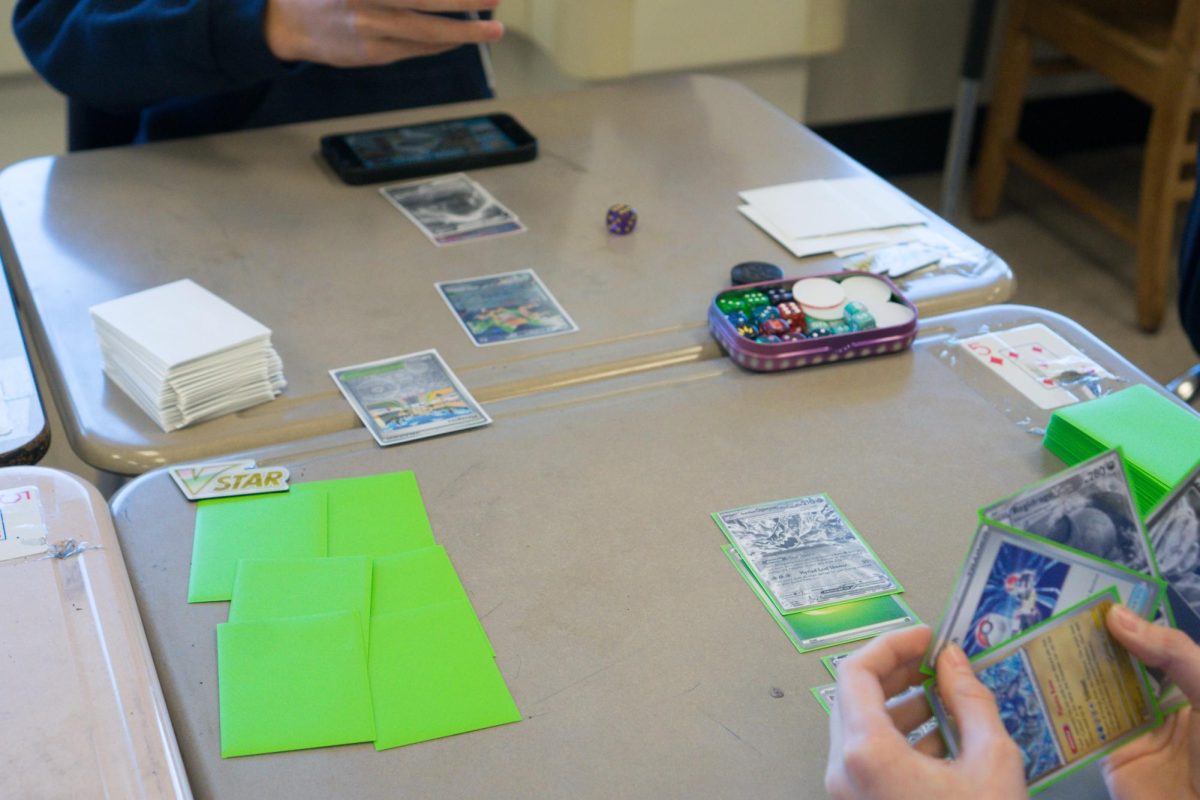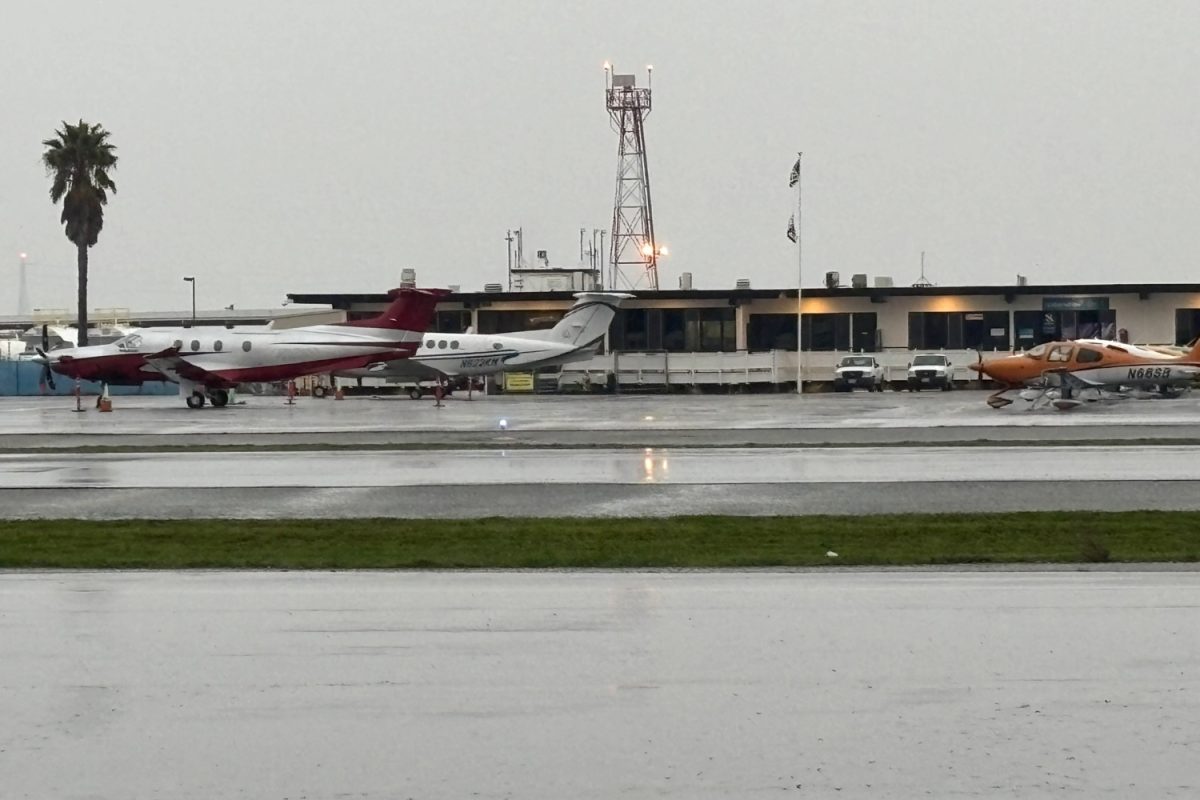Students are back in the classroom after Carlmont’s week-long spring break. While many enjoyed the relaxation and excitement of traveling, consequences, especially amid the pandemic with lessening restrictions, can come along with it.
The extensive traveling that many partake in during school breaks comes with a significant risk of exposure to COVID-19. Flocking to crowded venues, sightseeing, eating, and participating in other typical tourist activities means mingling closely with people from all different areas, resulting in many opportunities to contract the virus.
“Traveling always comes with some risks, especially with the pandemic,” said Jaya Vela, a senior. “A lot of time is spent around people you don’t know, and some countries are struggling with new variants that can increase the chance of exposure.”
Out of all the activities necessary for many vacations, flying can be the riskiest. Due to the lengthy time in close quarters with others, the virus can rapidly spread. And while mask mandates are in place, many remove them for eating and drinking, leaving plenty of time for exposure.
According to a New York Times article, for example, a man flew from Dubai to New Zealand and tested negative and was granted clearance to fly. However, he was positive and ended up infecting seven people on his flight. Many students have taken trips with long flight times to foreign parts over spring break, leaving them vulnerable to situations like this.
“I didn’t go anywhere for spring break, but I saw a bunch of people in different countries on social media, and I am just stressed for when they come back because there are lots of possibilities of COVID-19 spreading,” said sophomore Dylan DelBono.
Carlmont has already suffered from COVID-19 spreads due to travel from previous breaks. In the weeks after Carlmont’s winter break, which spanned from Jan. 3 to Jan. 7, 126 people tested positive for COVID-19 in the Sequoia Union High School District (SUHSD), according to its COVID-19 Dashboard. Due to asymptomatic people and false-negative rapid test results, the number of positive individuals was likely higher.
After the increase in COVID-19 cases after winter break, some Carlmont students felt anxious about returning to school. The removal of the mask mandate in California has added another layer of stress, as the disease is more easily transmitted when not wearing a protective face covering.
“I remember when I came back from break that week, almost my whole table wasn’t there. It was just me, and my other friend. I hope that the same thing doesn’t happen again because when the surge happened, it was super nerve-racking,” said Ashley Holloway, a junior.
That being said, Carlmont has taken preventative measures to protect its students and staff from the virus. Before the break, Carlmont distributed rapid tests to every student and staff member and encouraged them to test before returning to campus. These measures helped ease the stress of many students, who felt safer returning knowing most of their peers had tested.
“I’m glad that Carlmont gave us tests to take before we return back from break. I think that since people have these tests they will hopefully take them and stop a potential outbreak,” said Sara Shalita, a sophomore.
Ultimately, most students feel Carlmont has done what it can to prevent the spread of the virus after spring break, and they are hopeful that the measures are successful.
“I just hope everything works out and everyone stays safe. I think that Carlmont took good steps to ensure everyone is safe, and we will see how things go,” Shalita said.



